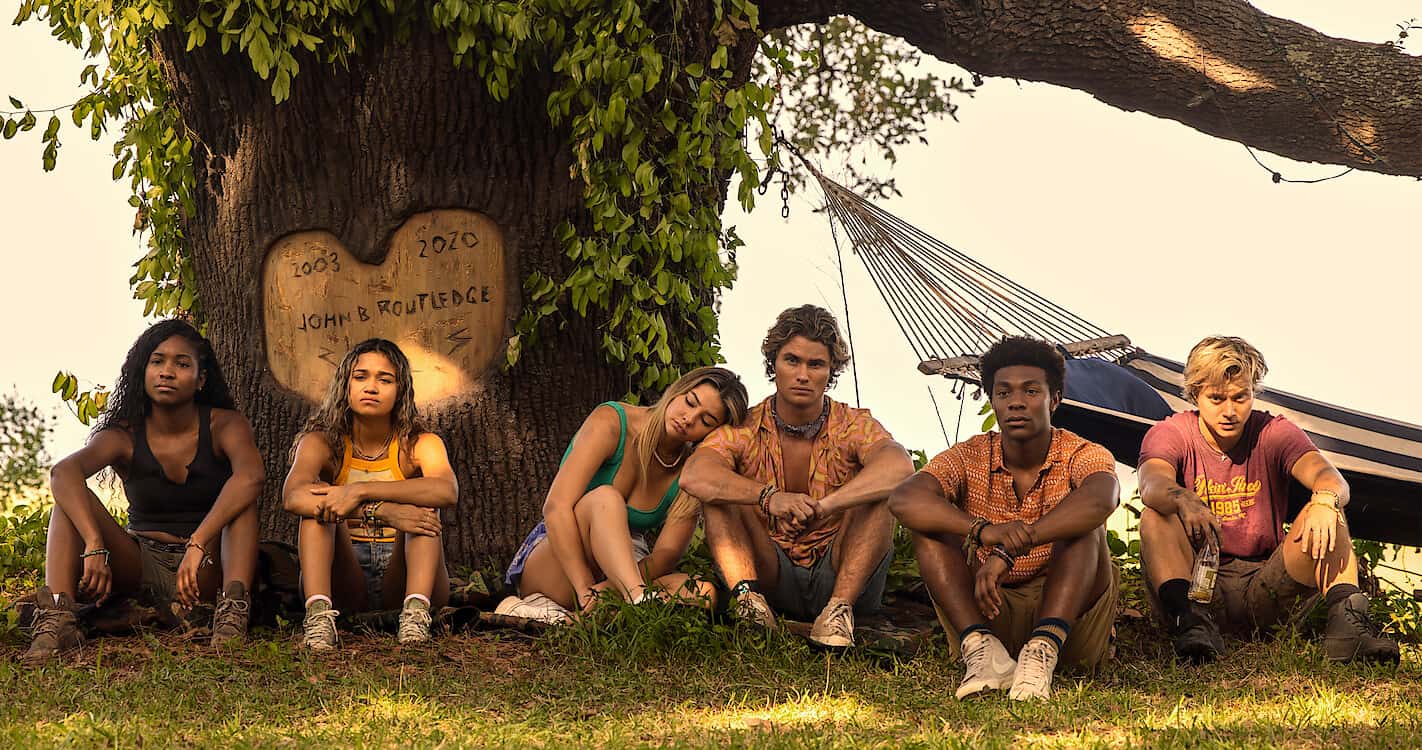
It would be easy to dismiss the Netflix hit “Outer Banks” as teen-drama fluff. Its leading actors are easy on the eyes and the plot is far-fetched enough to reach into soap opera territory, but the show has a lot going on under the surface. Its stratospheric rise to a Gen Z phenomenon during the pandemic shows that it resonates with young people’s real lives and feelings.
Several themes emerge throughout the show, adding depth and realness to the characters’ lives, which otherwise would seem like a pointless romp. Here are some important recurring themes in “Outer Banks” that drove home valuable life lessons.
**Spoilers ahead!**
Inequality

In fictional Kildare County, North Carolina, the island is divided between the working class of the Cut and the multiple homeowners of Figure 8. The main characters, the Pogues, mostly hail from the Cut, and their motivation to pursue treasure is fueled by their desperation to break free of their circumstances and make a better life for themselves.
Kiara (Madison Bailey), an environmentalist hippie with rich parents, has a political and moral objection to the lifestyle she comes from, finding her views much more aligned with the Pogues. Sarah (Madelyn Cline) abandons her upper-class lifestyle when she falls in love with John B. As her affection for the Pogues grows, she discovers that the people you end up loving are not bound by class.
“Outer Banks” pulls no punches about how bad the poor have it with domestic violence, neglect, legal issues, eviction, debt, drugs and alcohol shown coloring their lives. Bridging this crippling divide through friendship and community, however, is a theme that comes up frequently throughout the show.
Found Family
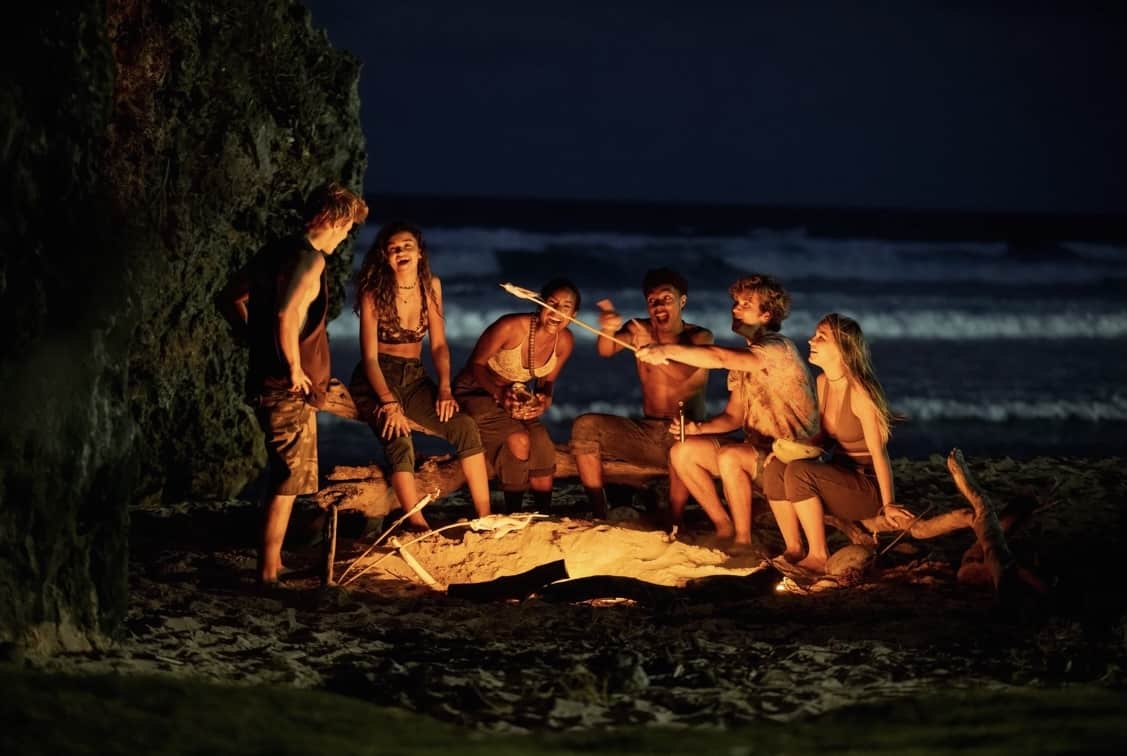
Each member of the Pogues has a reason for feeling disconnected from their biological family. JJ (Rudy Pankow) has an abusive, dishonest, alcoholic father. John B’s (Chase Stokes) father abandoned his parental duties to go treasure hunting. Pope (J.D.) has loving parents who put him under incredible pressure to perform well and be successful. Kiara’s snobby parents completely misunderstand and try to control her. Sarah discovers her family has been keeping dark secrets from her.
For each of them, their love and commitment to the Pogues is stronger than for their own families. “Found family” is a common trope in coming-of-age stories, since many young people relate to feeling misunderstood and finding a new family in their friends. Found families are heartwarming because they remind audiences that no matter how you may feel now, your people are out there and you can find them in the most unexpected places.
Control vs. Freedom
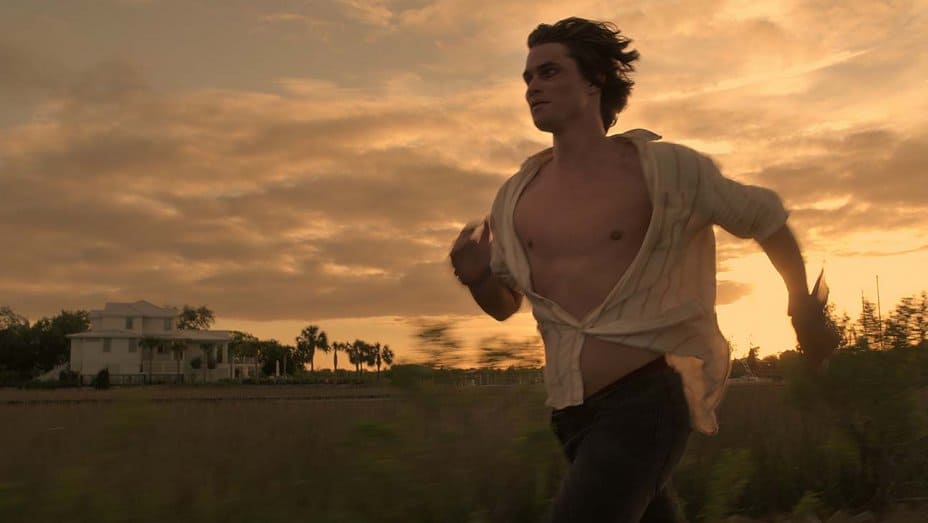
One thing Pogue Life represents is freedom from feeling controlled. Our main characters do what they want when they want, regardless of risk, social acceptability, or legality. That sometimes leads them into trouble, but they’re governed by their own values and desires, not those imposed on them. Directly juxtaposed with the wealthy Kooks of the island and their concern with success and reputation, the Pogues live much more aligned with who they really are, making them compelling characters.
Many viewers also feel powerless against social, political, and financial systems that control their lives, and they’re inspired by the group’s disregard for those structures. It may not be practical for all of us to forget the rules and just follow our hearts, but we can take a little bit of the Pogues’ liberating mindset with us into our daily lives.
Community and Division
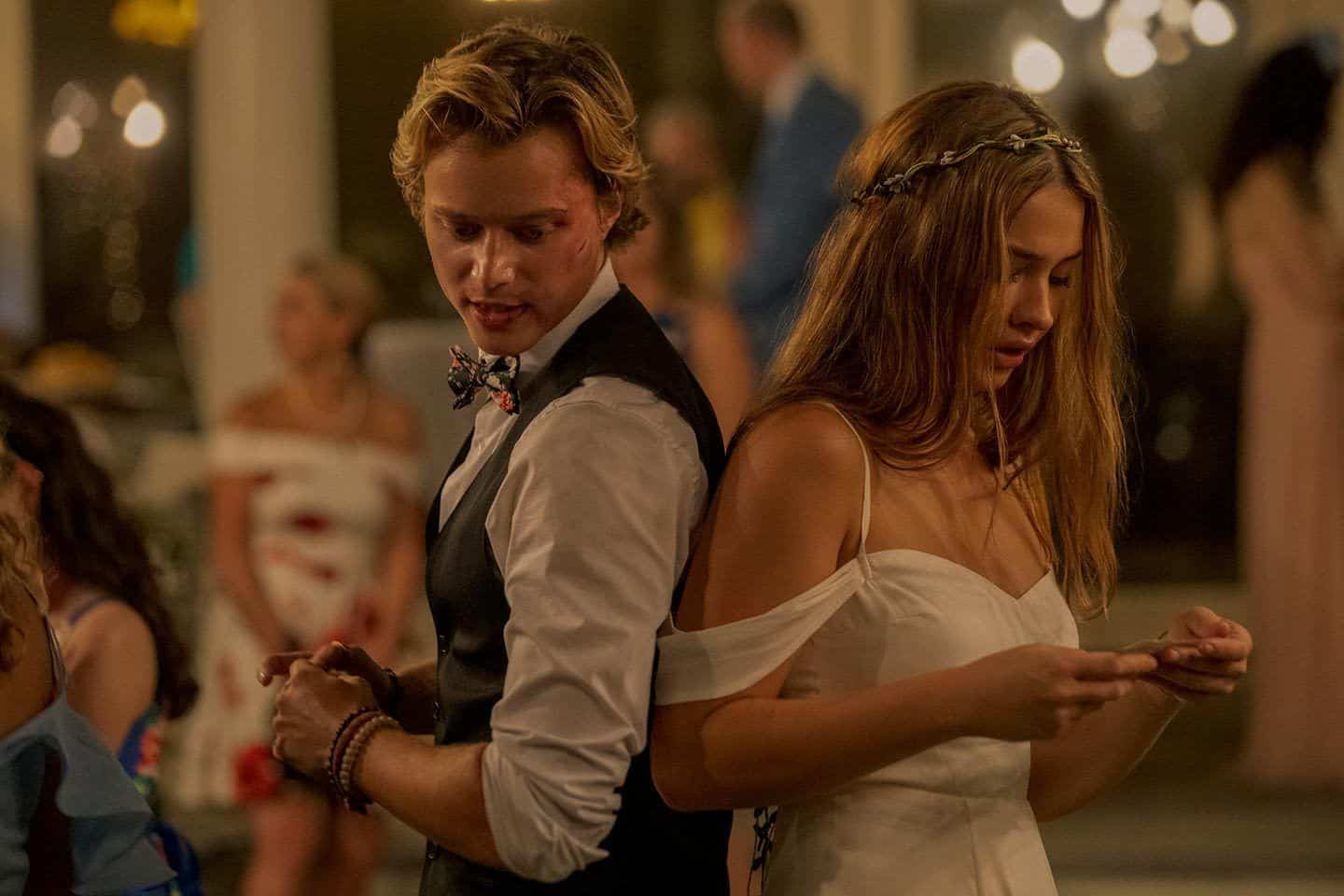
Kildare County is a community divided by class, but it’s still a community. Some of the best scenes are when both sides of the island come together for a joint event. Throughout the show, you can find examples of the rich and poor joining forces to meet a common goal. Whether it’s Rafe (Drew Starkey) finally agreeing to a fair profit split in his schemes with Barry (Nicholas Cirillo), or Topper (Austin North) offering his truck as a getaway car to the Pogues, the divide is not as vast as the people of the island believe.
Throughout the show, you see examples of community members sharing resources and helping each other across the class divide. These little nods to the community leave audiences with a hopeful feeling that inequality can be overcome when people come together and share what they have.
Race Relations
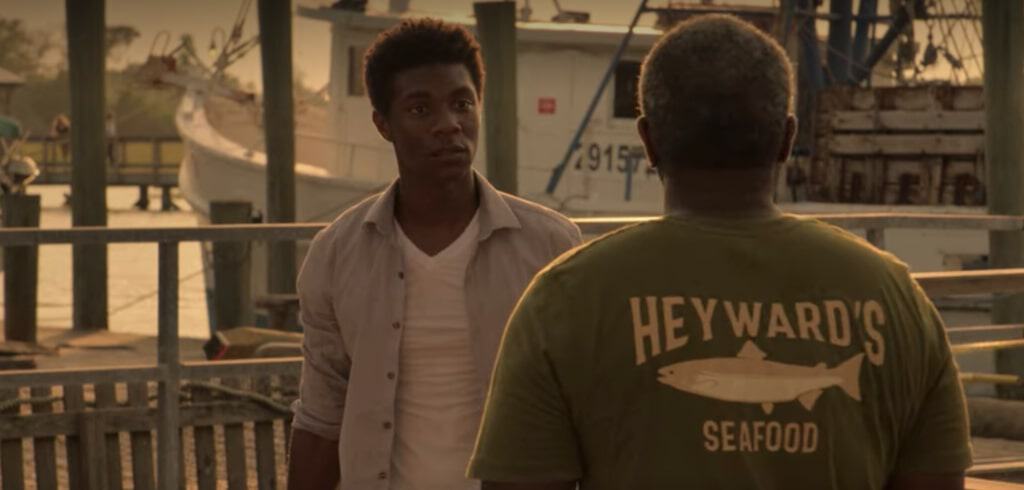
“Outer Banks” doesn’t shy away from talking about race, but it shows it in a very Southern light. There are Black people in both the Cut and Figure 8, but there are a lot more in the Cut. Even Kiara’s Black father was a Pogue before he met her wealthy mother. Black Southern wealth is demonstrated in the figure of Denmark Tanny, a freed slave who obtained a vast treasure, and with it built Sarah’s family home Tannyhill. Pope’s family is descended from Denmark Tanny, yet a wealthy white family lives in their ancestral home while they run a fish shack.
Despite his vast wealth, Tanny was unable to free his enslaved wife and child, while the descendants of her murderers still live in the plantation house where the tragic event took place. His story shows that race is an even bigger factor than wealth in creating roadblocks in people’s lives, the effects of which can carry on for generations.
Stoicism
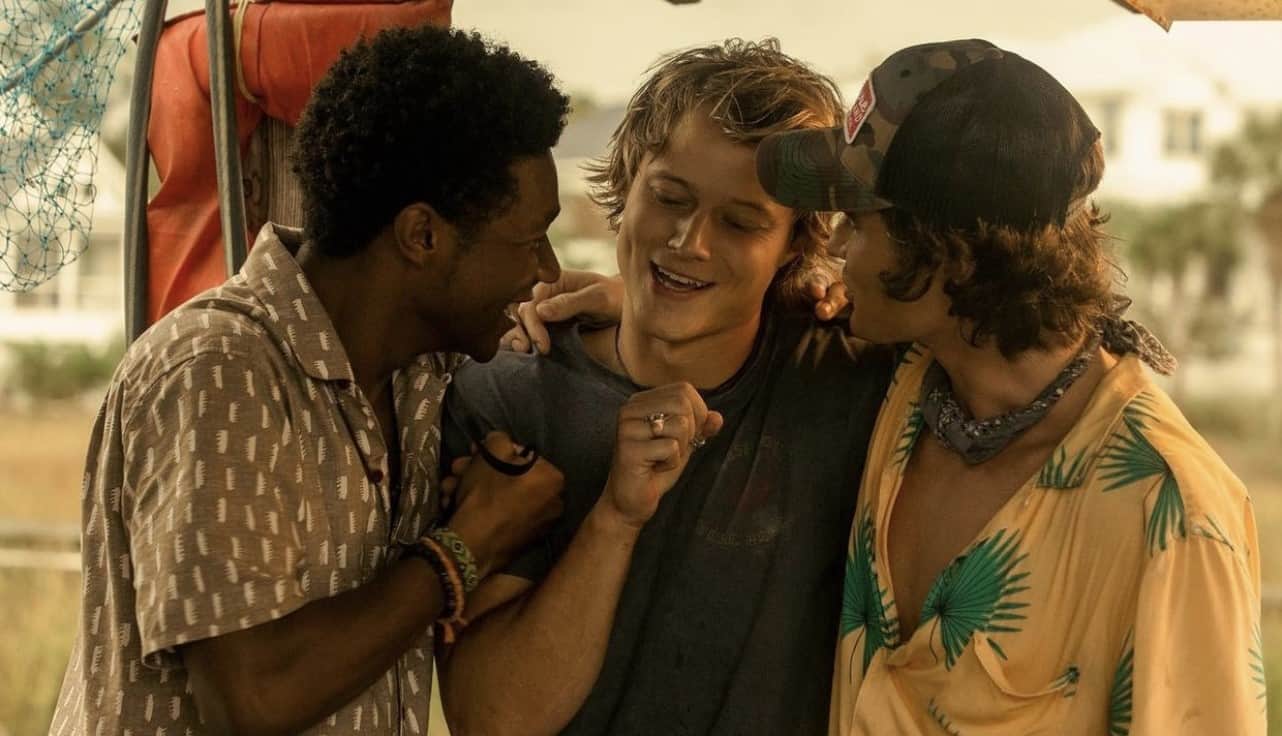
Most of the Pogues (with the exception of Sarah) are static characters. Who they are remains unchanged despite all the crazy stuff that happens to them. Stoicism is a philosophy that emphasizes remaining true to your personal values regardless of whatever extreme circumstances you may encounter. In this sense, the Pogues are great stoic examples.
Despite almost never getting a win during three seasons of treasure hunting, they never give in to despair, intend to harm anyone, or allow themselves to be swayed by societal judgment or pressure. They remain true to themselves, keep a positive attitude, and live by their values throughout the wild events of the plot. Their commitment to who they are can inspire a more stoic mindset in audiences who may feel very sensitive to the events of their own lives.
Perseverance
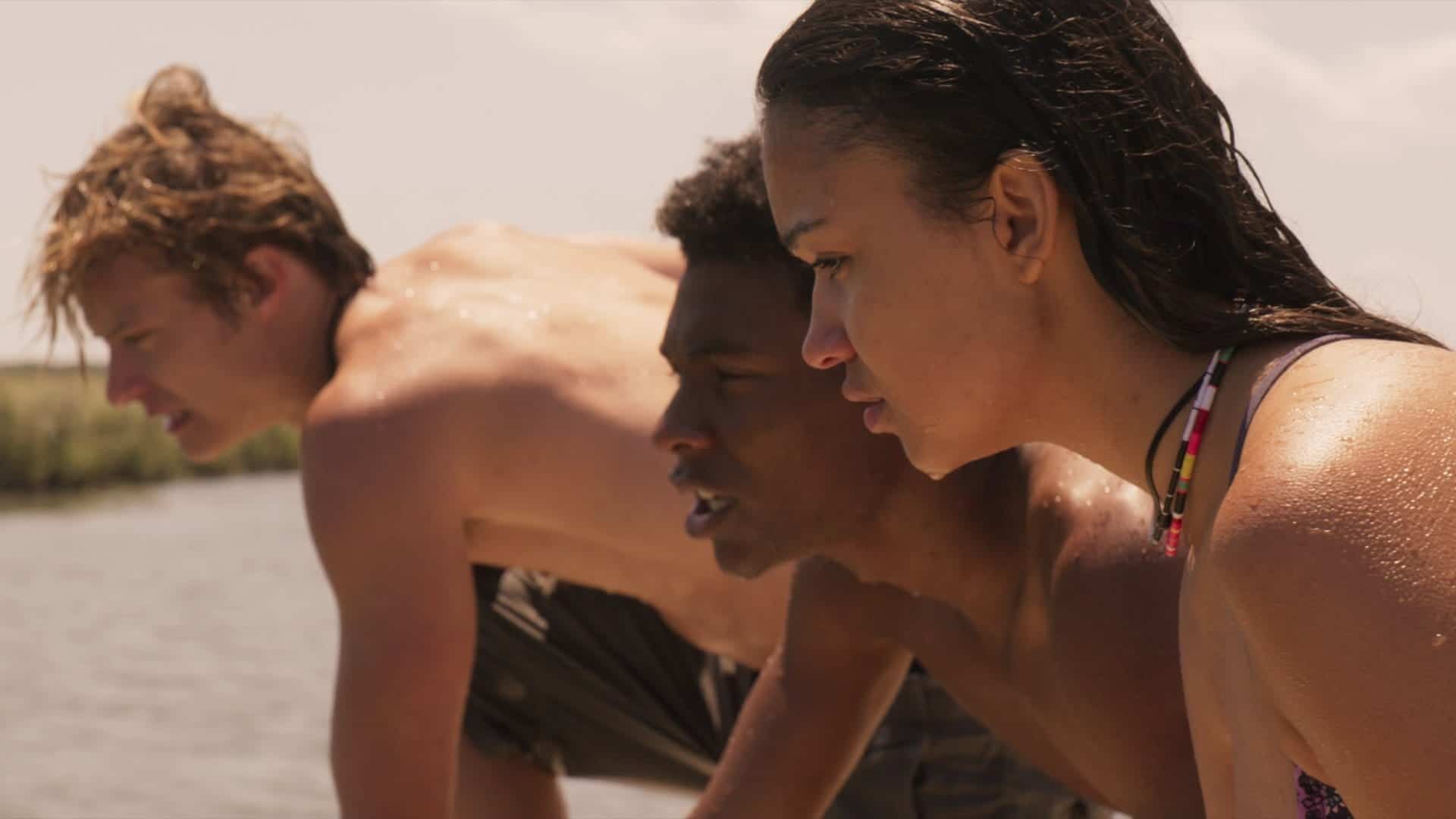
As treasure hunters, the Pogues aren’t very successful. They’re smart, plucky, and good at solving mysteries, but someone with more resources always comes along to steal the glory. After finding the Royal Merchant gold, it’s stolen from its hiding place by Ward Cameron (Charles Esten), never to be seen by the group again. After discovering the Cross of Santo Domingo, it slips through their fingers when Rafe swoops in while they’re saving Pope’s life.
Despite these setbacks, the Pogues never give up. They remain committed to each other and their mission regardless of how long it takes. Even when it seems hopeless, they’re always asking, “What’s next?” This perseverance pays off at the end of Season 3 when they make it to the gold mine of El Dorado and are finally recognized for their discoveries.